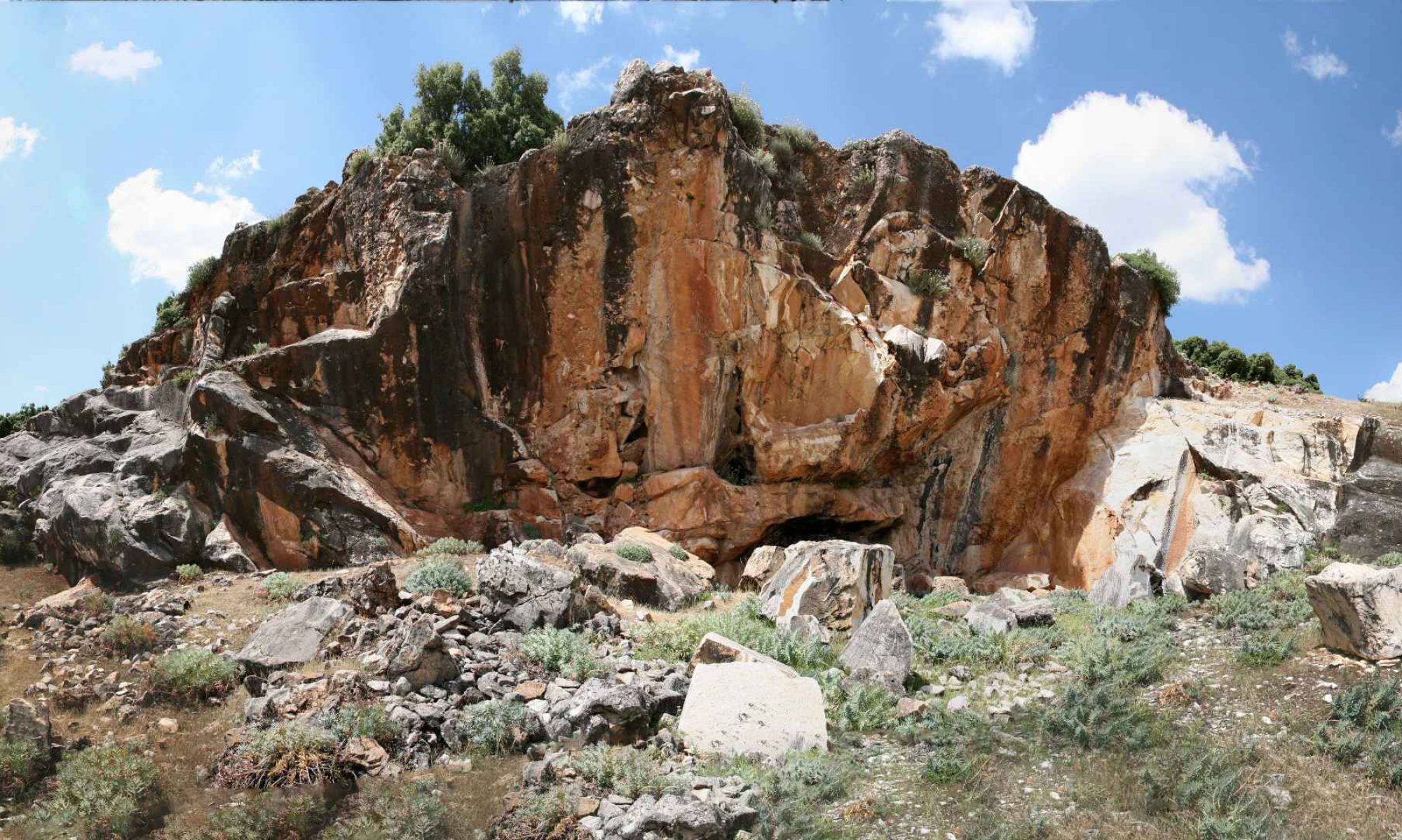The provenance of marbles and other materials used in antiquity is of crucial importance for archaeologists, art historians and archaeometrists. Marmora Asiatica addresses the exploitation and trade of major ancient marble sources exploited in Asia Minor, with the aim of documenting the archaeology, topography and geology of the quarries, as well as providing a comprehensive scientific characterization of white and grey marbles. Four fieldwork seasons allowed us to accomplish the objectives of the project. The goal to establish a new extensive reference database of petrographic and geochemical properties of the marbles resulted in extensive sampling and collecting of marbles in the quarries. The marble samples were subject to multivariate analytical investigation, and results provide an updated and near complete record, allowing us to add new data to the existing directories of ancient marbles, complied by other scholars over the past fifty years.
The results of the project increase the reliability for identifying the marble from Asia Minor in ancient Greco-Roman monuments.
One of the broader aims of the project was to provide a realistic estimate of the scale of exploitation. The volumetric measurements of the extracted size of the marbles were carried out with 3D laser scanner. Quantification of the mapped quarries show that in some case the use of these marbles in antiquity has been overestimated, making it less likely that raw material was exported internationally, while others have suffered from an underestimation of use both at home and abroad.
